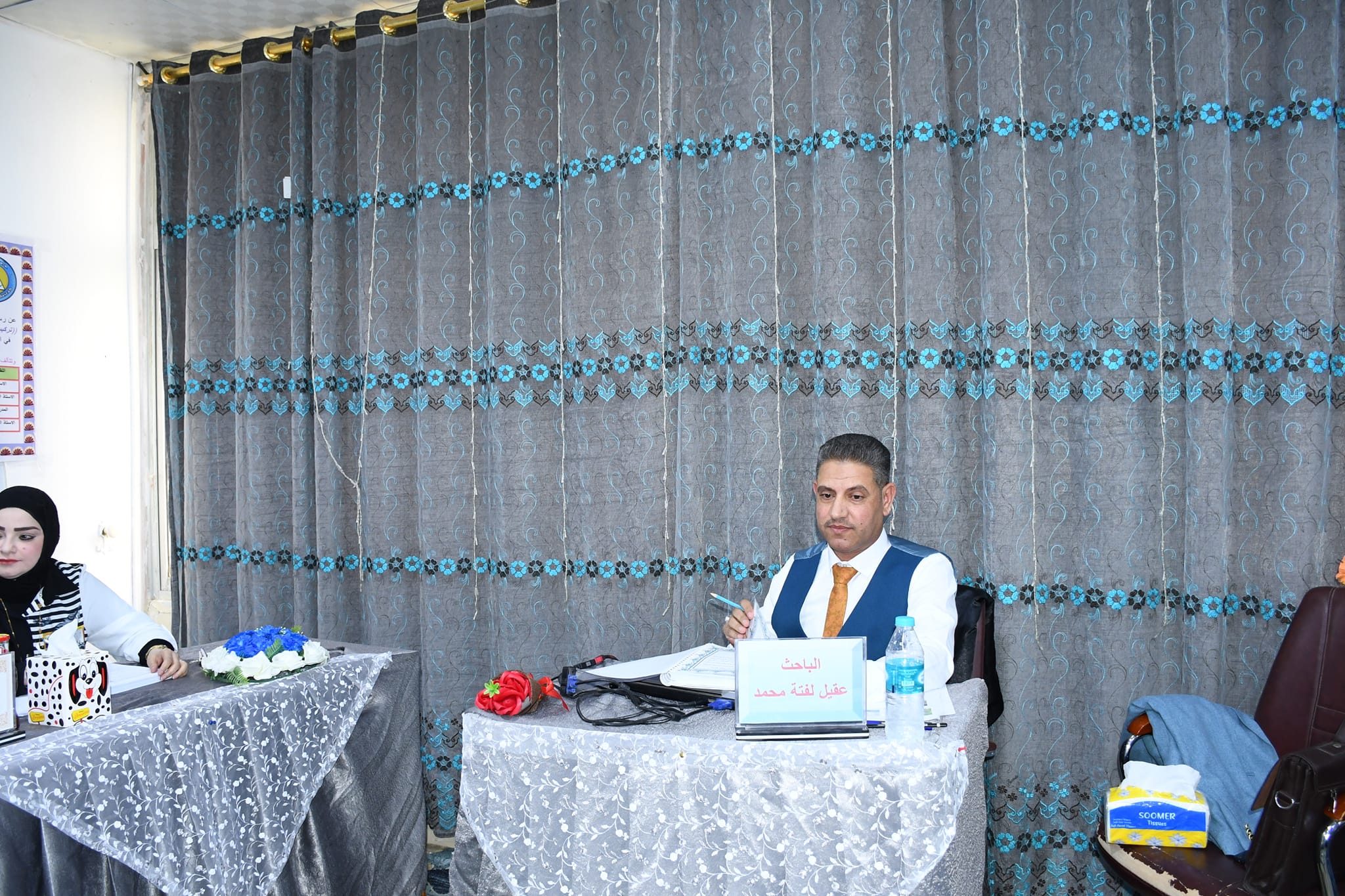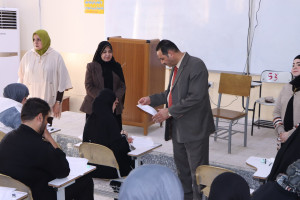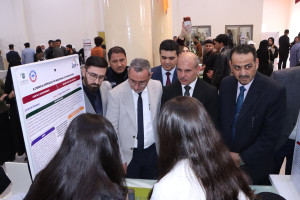
The College of Education for Pure Sciences at the University of Basra discussed the composition of the waterfowl community in the eastern Hammar marsh with the determination of the ratio of migratory birds to the settlement
The letter presented by the researcher (Aqil Laftah Muhammad Al-Amara) included the methods of work, devices and materials that were used in the study. The third chapter included the results obtained during field and laboratory work during the study period from August 2020 to March 2021, and then analyzed them statistically. As for the fourth chapter, all the results obtained were discussed and compared with international, Arab and local studies
The non-tidal areas were among the areas with the most biodiversity of waterfowl in the eastern Hammar marshes, while the intertidal areas witnessed the most number of birds.
The Latidian region showed a large type of invertebrates, which is a major food source for waterfowl.
The influence of some non-living and living factors varied, negatively and positively, on the distribution and spread of waterfowl in the eastern Hammar marsh.
The weight of the bird can be considered one of the most phenotypical characteristics to distinguish between migratory and domestic birds
The study aimed to: Because of the importance of the biological diversity of birds and the development of environmental threats that negatively affected the biological diversity of water birds in the Iraqi wetlands and the marshes of Iraq in particular, and because the Iraqi marshes are divided into tidal and non-tidal marshes, and the lack of studies related to the environmental and biological differences between the two environments, to determine the societal composition of waterfowl in The tidal and alluvial marshes in the eastern Hammar marsh.
And measuring the biodiversity of waterfowl for both regions and the extent of the impact of environmental factors on it.
Determining the ratio of migratory to endemic birds using biodiversity and phenotypic measurements
Recommended letter
Using Stable Isotopes Analysis to compare migratory and resident birds in different environments.
Test other physical, chemical and biological properties to show their effect on the spread and diversity of waterfowl.
Reorganizing irrigation channels, dams and reservoirs in a manner consistent with the nature and use of the wetland.
Increasing the numbers and repetitions of the model bird Kintesh plover to show the importance of the rest of the morphological and morphological characteristics to distinguish between migratory and resident birds.
Giving priority in ecological conservation operations to intangible areas for embracing a great diversity of migratory and resident birds.








